Fotopedia Women of the World: Beautiful Photographs, Diluted Message

AMITIAE - Saturday 11 February 2012
|
Fotopedia Women of the World: Beautiful Photographs, Diluted Message |
 |
|
|
By Graham K. Rogers
Fotopedia BackgroundTo put this app in a context with the others that I have examined, the apps and links to the reviews are listed here.
As a bonus, some of the apps (like Fotopedia Wild Friends) report free updates to content which I am able to download, so these apps are evolving as the new material arrives.
Of them all, the wildlife app was the only one with anything that might be thought of as having a message, but only in the same way as a reader of National Geographic might be drawn to the plight of a specific group of endangered animals, such as whales or some turtles. We would gaze at the photograph, examine the information and mentally wring our hands; or perhaps actually be inspired to do something, like donate (or even protest).
Fotopedia Women of the WorldIn trying to have an agenda, perhaps dictated by the sponsors of the app (The World Bank) Fotopedia Women of the World loses out. There is less engagement with the user of the app here. There should be much more with the problems that women face worldwideThis app is apparently part of the World Bank's strategy in publicising the "Getting to Equal" initiative -- a noble and just cause -- but with only a 9-line foreword from, Robert B. Zoellick, the president of the World Bank, this message seemed a little tame.
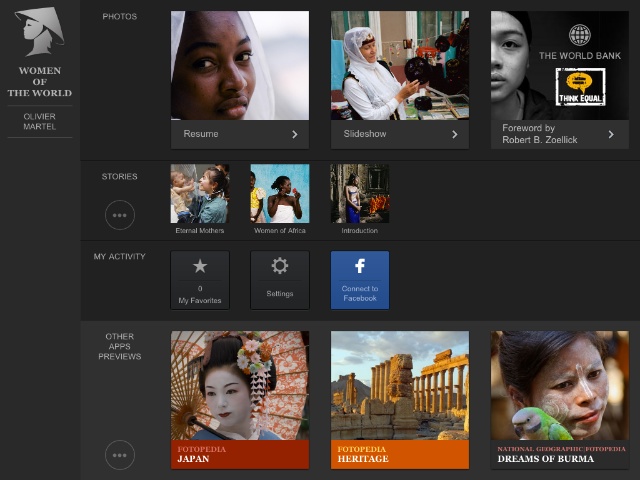
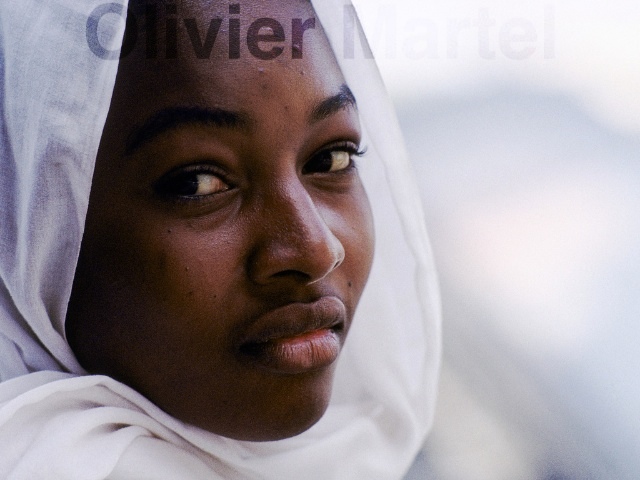
What makes this app, like all the others in the Fotopedia series are the photographs. There are almost 500, which as far as I can tell are all by Olivier Martel. As there are personal themes here, there are some unusual inclusions and (for me) some equally unusual omissions.
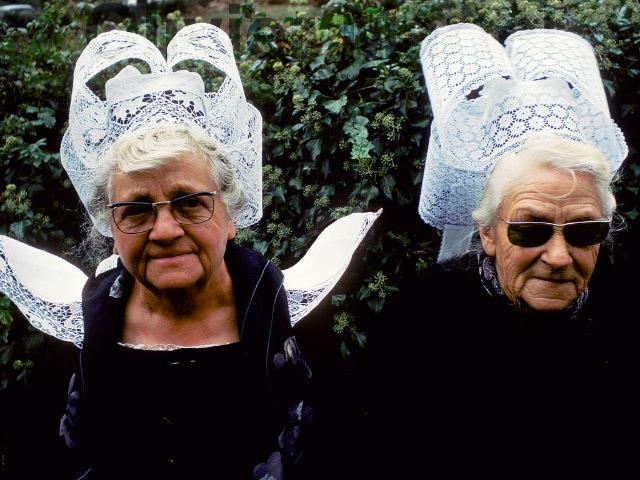
Information revealed by the (i) tool icon at the left side of the screen in other Fotopedia apps has always contained a description of the photograph. Information provided here was only related to the country and its relationship with women (e.g. voting rights, equal wages, female circumcision). There is also information on the particular country borrowed from Wikipedia, with a link to that site. What the specific photograph was and what it might be intended to convey was missing leaving a gap. All there was at the bottom of the screen was an index display, such as Women of the World > Russia > Karelia > Petrozavodsk.
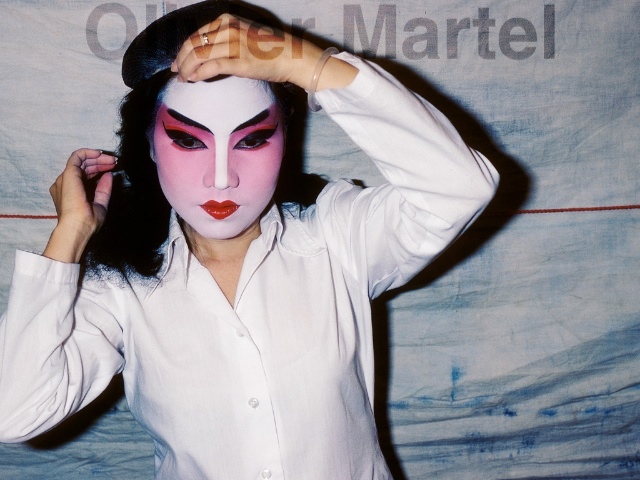
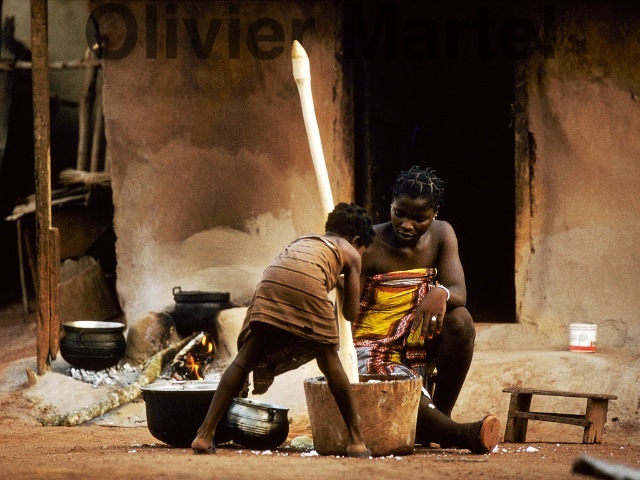
Graham K. Rogers teaches at the Faculty of Engineering, Mahidol University in Thailand. He wrote in the Bangkok Post, Database supplement on IT subjects. For the last seven years of Database he wrote a column on Apple and Macs. |
|

For further information, e-mail to

|

|